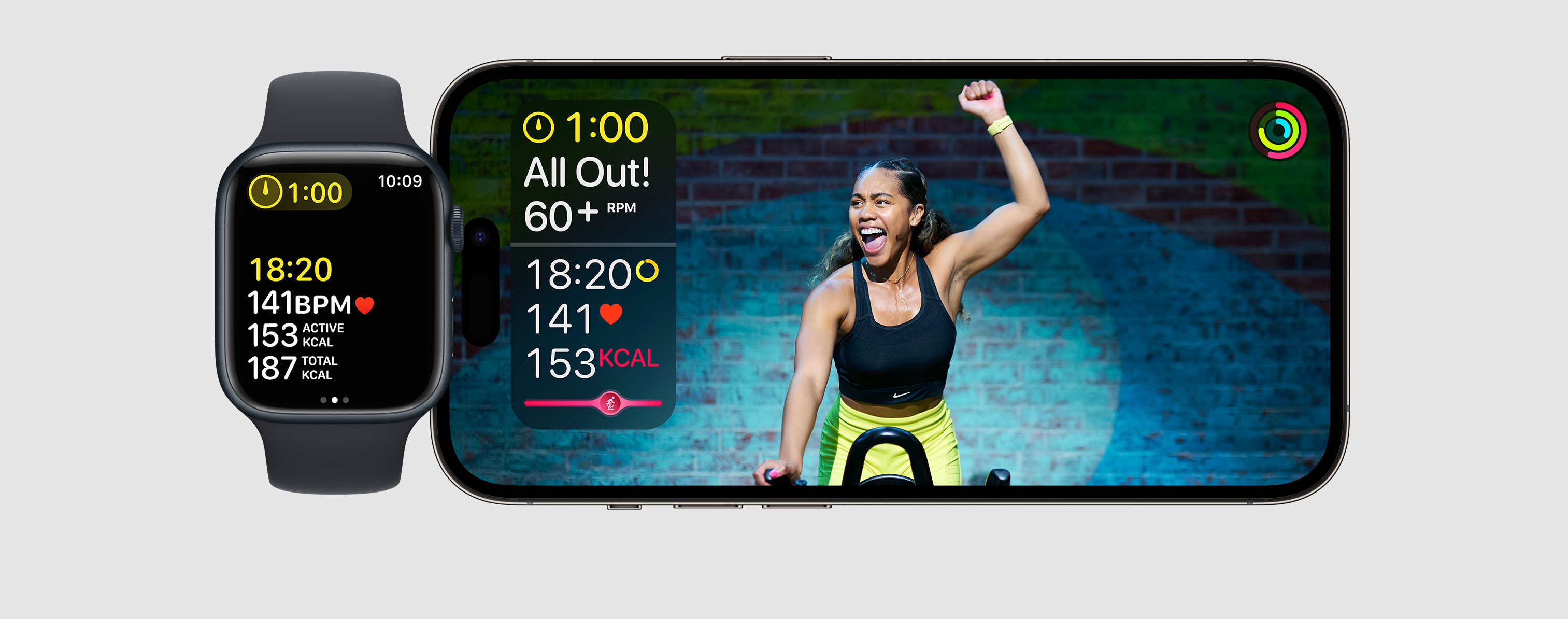Apple Watch
The history of the Apple Watch begins with the announcement of the device in September 2014 and its subsequent release in April 2015. The original Apple Watch introduced various features like fitness tracking, notifications, and app integration. Year by year the brand started adding new features to improve the device.

- Series 1 and Series 2 (2016) The upgraded version got built-in GPS, water resistance, and a brighter display.
- Series 3 - "Cellular Connectivity" (2017) Apple allowed users to make phone calls, send messages, and stream music directly from the watch, even without being paired with an iPhone.
- Series 4 - "Health Focus" (2018): Apple focuses on health cautiousness giving its customers an electrocardiogram (ECG) sensor capable of detecting irregular heart rhythms.
- Series 5 - "Always-On Display" (2019): The new Apple watch got an always-on display, allowing users to view the time and complications without having to raise their wrists.
- Series 6, SE - "Family Setup" (2020): Apple announces a new feature: blood oxygen level monitoring and an improvement on the always-on altimeter. Additionally, the Family Setup feature is introduced, allowing multiple watches to be connected to a single iPhone for family members who don't own iPhones themselves.
- Series 7 and Series 8 added larger displays, slimmer bezels, improved durability, faster charging technology, a body temperature sensor and Crash Detection. The new configuration also offers faster charging and enhanced health and fitness capabilities.

Health Measurements
The Heart Rate Monitoring continuously monitors your heart rate, providing valuable insights during workouts. You can check your heart rate at any time and track it over time to assess your fitness levels and intensity during exercise. You can also sync the data with the Health app on your iPhone for a comprehensive overview of your fitness journey.

Useful measurements:
- Step count
- HRV
- Sleep: REM, Deep, Light Sleep, Awake
- Resting Heart Rate
- Resting Heart Rate
- Cardio Recovery Rate
- Step count
- Blood Oxygen level
- Cardio Fitness: VO2 Max
- Stand Minutes
- Exercise Minutes
- Wrist Temperature
Apple Fitness+ is a subscription service introduced in March 2015. It provides guided workouts across various fitness categories for £9.99/month or £79.99 annually. With Fitness+, you can access professional trainers and follow their workouts directly from the Apple Watch. The subscription gives every user real-time metrics, vigorous music to help you stay engaged and motivated. Users can share Apple Fitness+ with up to five family members.
The Apple Fitness+ subscription can completely elevate your health. Users become more health aware by tracking their heart rate, step count or sleep cycle. Sharing their achievements and workouts with family members gives extra motivation and a sense of community. A wide range of workout options available on the platform will suit everyone. In addition to physical fitness, Apple Fitness+ can help reduce stress, cool down wild thoughts and focus on mental well-being.

The built-in GPS can track routes, distance, and pace without needing to carry your iPhone. That's an amazing feature for those who enjoy outdoor activities like running or cycling. The GPS enables you to monitor your performance and progress during outdoor workouts.
Useful apps to support your Health

MyFitnessPal: This app helps you track your nutrition and caloric intake. The Apple Watch can integrate your exercise data and provide a detailed view of your daily activity in comparison with your daily calorie balance.

Headspace: The App is perfect for those interested in mindfulness and meditation. By connecting with the Apple Watch, you can track your heart rate during your meditation practice. For beginners, Headspace offers guided meditation sessions.

Sleep Cycle: This app uses the Apple Watch's accelerometer to monitor your sleep patterns and wake you up during your lightest sleep phase. It provides detailed reports about your sleep quality and offers many features like sleep notes and a smart alarm clock.

WaterMinder: The App helps you track and meet your daily water intake goals. With the WaterMinder app, you can log your water consumption right from your wrist.

Waking Up: Meditation & Wisdom: The app was introduced by Sam Harris, a well-known author, neuroscientist, and philosopher who has written and spoken extensively on topics related to mindfulness, meditation, and spirituality. The app provides guided meditations designed to help improve focus and develop mindfulness.
Our speculation for the future…
Glucose monitoring - to keep going with the health and fitness direction, Apple could introduce a glucose monitor which can show users when their glucose level goes up and which foods make them feel sleepy or energetic.
Hydration level check - the key to stay hydrated is to drink at least 6-8 glasses (1.5 to 2 liters) of fluids such as water, diluted squash and fruit juice (according to the NHS). Drinking enough water each day is crucial for many reasons: to regulate body temperature, keep joints lubricated or prevent infections. Apple could monitor the hydration level and send notification whenever the user is getting dehydrated.
How about checking the blood alcohol level? The Apple Watch could simply monitor your bloodstream and give a notification whether your alcohol level is too high. That would be also a health focus feature, moreover it could help some people who are trying to reduce their drinking.



